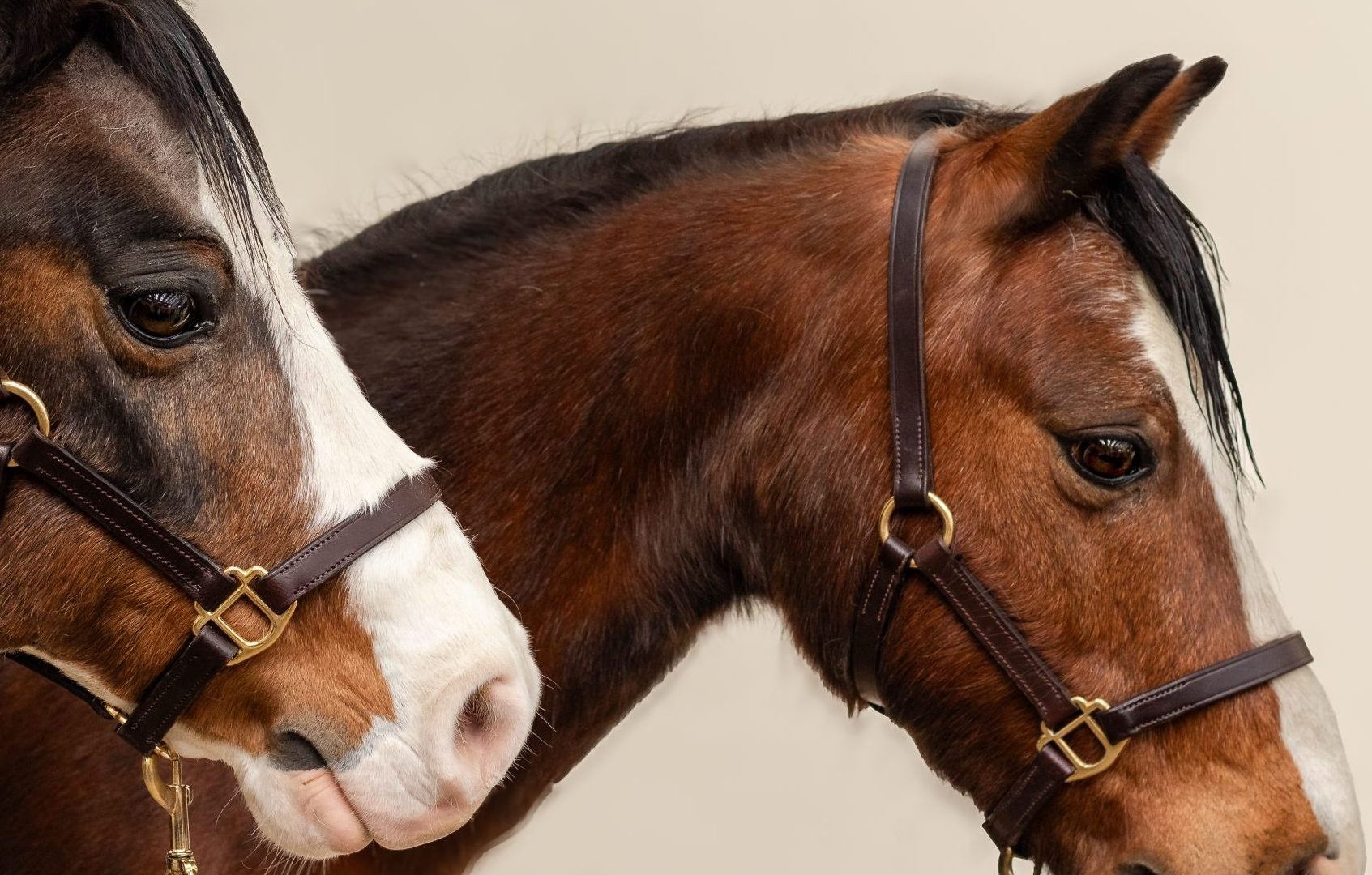Pit Ponies

With the upcoming 21st Birthday of Eric and Ernie (Saturday 14 June 2025) we would like to take a minute to commemorate the history of pit ponies who played a huge part in the history of coal mining.
Pit ponies were introduced in the mid 18th century. They were often stabled underground, near the entrance, and would only come up during the colliery’s annual holiday, typically working daily eight-hour shifts of hauling 30 pounds of coal on the pit railway, they would be tightly bound by harnesses so they could not kick then it was slowly lowered into the shaft via winches. They were properly introduced following a mining accident in which the Huskar Colliery in Silkstone flooded on the 4th of July 1838, causing the death of 26 children. This led to public outcry and eventually new legislation – Mine and Colliery Act 1842 – which barred boys and girls under ten from working underground, causing ponies to fill their spaces.
Throughout the working lives of the pit ponies there were many advocates for their rights, such as the National Equine Defense League who pushed for the Coal Mines Regulation Act to be passed as it would protect horses underground, or John William Bell who was awarded the Fitzwilliam Medal for Kindness for staying behind while his co-workers escaped to ensure that the pony had a chance of rescue. Despite this the conditions were still very bad, and the horses endured a lot of suffering alongside the men, but they would be well cared for, sometimes working for ten years. The tunnels would be low, and their heads would scrape against them or the braking systems on carts would fail, and the horses would run right into the drams or doors and get injured.
Because of this they often used shorter breeds of horses inside the mines like Welsh and Shetland ponies and the larger breeds, Cleveland Bays, were used on the higher underground railways. But no matter the breed, pit ponies tended to be low set, heavy bodied and limbed so they could both fit inside the low mines and have enough muscle to haul the carts of coal around for hours.
In 1913, at the height of this practice there were 70,000 ponies working in the mines in Britain but after this the numbers started to decrease as machinery became more prominent, replacing the ponies who hauled but still leaving them to do shorter runs from the coal face to the main road as it was hard to use machinery. In 74 years, it dropped from 70,000 to just 55 ponies in use with the national coal board who mostly worked at Ellington’s pit in Northumberland and when that closed, four were brought out. Two came here, to the National Coal Mining Museum for England and the other two went to Newcastle. The last surviving pony, Tony, died in 2011 aged 40 at the Newcastle Cat and Dog Shelter. But there are still ponies and mules working in mines across the world, in areas such as the Chakwal district in Pakistan where they walk the coal seams in the Salt Range Mountains carrying the coal out of the mines.
This blog has been written by Work Experience student, Alaw.